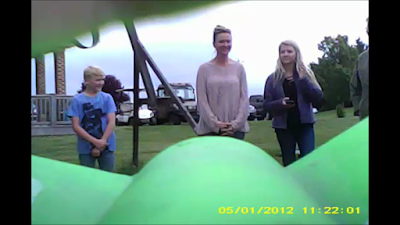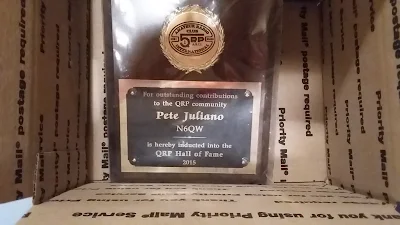SENDING IT BACK
SolderSmoke Podcast #195 is available. Link appears below (scroll down)
We’ve got a problem: Pete Juliano and the QRP Hall of Fame :-( PLEASE HELP!
BENCH REPORTS
Pete Releases Smoke (wiring harness)
Pete's DifX on 60
Architecture and Dual Conversion (uBITX: uses ALL
THREE clocks on the Si5351)
The Big Kahuna
ON HACKADAY with Philco SB100 SEE! QRP!!!!!
BITX60
Cap Stack Hack mod (with leads)
Let the smoke out of an Si5351 (shorted output) Several actually.
(Same day delivery zone for Amazon -- but no drones or parachutes
yet.)
Installed scanning switch
Observations on 60. All the weird bands have a 6 in them: 160,
60, 6
The good: 100 watt limit, wire antennas
The bad: Kind of cliquish-- like 75, not much of a CQ
band. Channels. Not much activity.
Met Josh KE8CPD on 40. BITX
40!
TRIBAL KNOWLEDGE:
Socketry: How to keep BNC jacks from spinning loose?
Do you heat shrink?
Feel Tech Sig Gen might not have blocking cap at the output.
Speaking of which, when I spoke of the Ne602, I mostly meant
blocking caps, not bypass caps.
How come they don't have a cable TV channel devoted to radios?
They have HGTV? Why not HBTV?
REPORT FROM WINTERFEST
Bad weather. Tailgaters wimped out!
Combined forces with Armand WA1UQO.
Met up with Charles AI4OT.
Acquisitions: 1/4 phono jacks, carbon mic, vero board, disc
caps, weather radio,
LARGE collection of Electric Radios from Armand. Wow.
Electric Radio notes: 1st Fifty Years of Sideband 1991 articles by
Jim Musgrove K5BZH
Why LSB on 75? -- so AMers couldn't follow to top of band
W2, W6, W8s liked phasing, W3, W4, W0 more into filter rigs.
Early SSB guys turning on carrier and talking AM hams into SSB RX.
Kelvinator Refrigerator rigs.
A reading on the homebrewing of SSB rigs.
Tony Fishpool on QSO Today! Pete mentioned prominently.
Good Hacks from ND6T on BITXHacks, Stockton Bridge
MAILBAG
LINK: http://soldersmoke.com/soldersmoke195.mp3
























































































